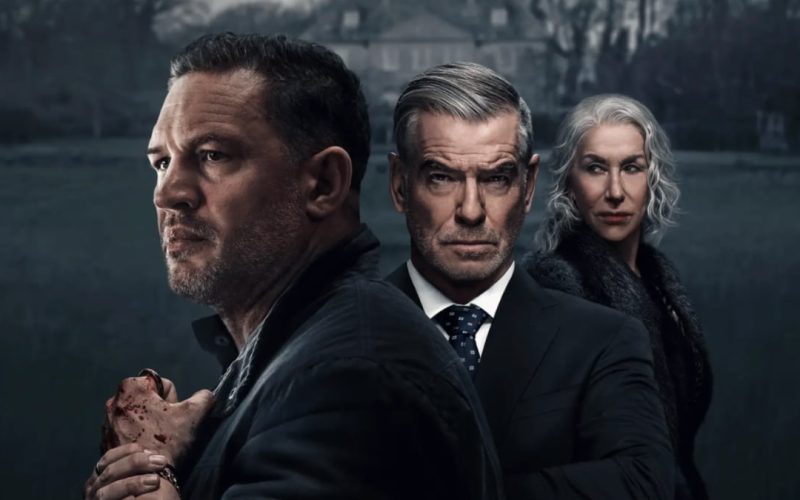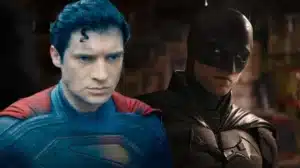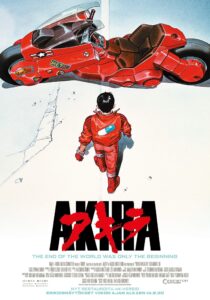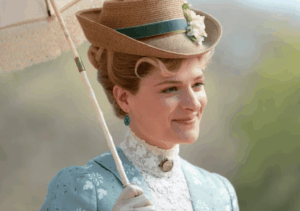When MobLand was announced, excitement buzzed through the film community, but the casting of Tom Hardy as Harry Da Souza elevated it to a whole new level. This was not going to be just another brooding gangster flick. With Hardy at the center, MobLand promised depth, intensity, and unexpected vulnerability. The show, directed by Guy Ritchie, thrives on Tom Hardy’s presence. Hardy’s ability to embody complex masculinity with nuance makes him the heartbeat of the story. Let us explore how Tom Hardy, MobLand, and a bold directorial vision collided to create something unforgettable.
The Evolution of Tom Hardy
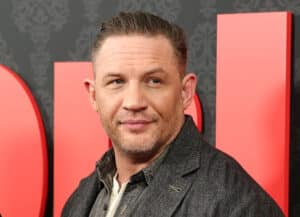
Tom Hardy has always been a cinematic chameleon; wild, unpredictable, and often on the edge of eruption. But in MobLand, we see something different. His character, Harry Da Souza, is not a loud gangster or a loose cannon. He is the fixer, the strategist, the man who rarely speaks but always acts with precision. It is a performance that echoes Hardy’s work in Locke, where restraint becomes its own kind of power. In Tom Hardy, MobLand does not just get a star, it gets a new kind of antihero.
What makes Harry so compelling is the Tom Hardy contrast. We are used to Hardy as Bane, as Bronson, as men with explosive energy. But Harry moves through the show like a ghost, haunted but in control. His intensity simmers rather than erupts. It forces you to lean in, to watch closely. Every glance matters. Every line he delivers lands like a brick. It is a calculated performance that leaves room for mystery, for speculation, for fear.
And that is exactly what MobLand needs. The show is a slow-burn crime drama that is more about tension than action. Hardy grounds it. You believe him as the man who cleans up messes others are too scared to face. Not through brute force alone, but through an unwavering calm and manners. This version of Hardy does not need to shout to dominate the screen. He just exists, and the whole world around him seems to orbit that presence.
The Ritchie-Hardy Synergy
Reuniting with Guy Ritchie was a resurrection of sorts. The pair first teamed up in RocknRolla back in 2008, and the chemistry was undeniable. But MobLand feels like the mature evolution of the partnership. Ritchie’s signature style, snappy, stylish, and a little chaotic, meets Hardy’s composed and understated performance in a way that somehow clicks. In Tom Hardy, MobLand gets more than a gritty tale. It gets layers, rhythms, and something uniquely human.
Hardy’s character in MobLand is not loud, but the world around him is. Ritchie fills the frame with movement, attitude, and shifting loyalties. Against this backdrop, Hardy’s quiet menace stands out. He is not part of the noise, he is the silence that makes the noise feel dangerous. There is a rhythm to the scenes Hardy is in. He slows them down. He controls the pacing. And that control makes his presence feel even more powerful. He is not reacting to the chaos, he is mastering it.
And here is what makes it even more personal: Hardy reportedly offered to pay crew members when a set construction company went bankrupt. This was not just a gig for him. He believed in it, in the people making it, and in the story being told. You can feel that dedication in every frame. When we talk about Tom Hardy, MobLand becomes a passion project. That kind of energy is rare, and it radiates off the screen.
Conclusion
There are roles actors are born to play, and then there are roles they grow into. MobLand gave Tom Hardy a chance to flex a quieter, colder muscle, and it fits like a glove. He does not shout for your attention. He earns it, scene by scene, glance by glance. With a director who knows how to frame him and a character that taps into Hardy’s darker, subtler instincts, this is a performance that lingers. Tom Hardy, Mobland together make a statement. And that statement is clear: you do not need chaos to be powerful, you just need the right man in the role.

